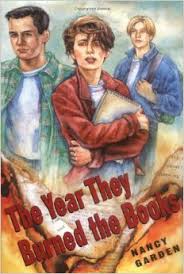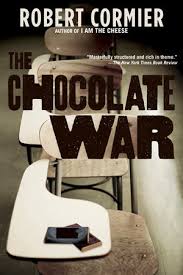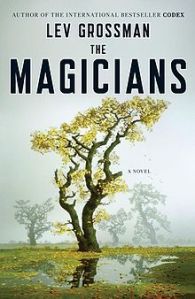Cooking for Picasso
by: Camille Aubray
Ballantine Books, New York, NY 2016
ISBN: 978-0-399-17765-1
This book was delightful, like reading a painting. The colors, textures, and tastes both in the food and the setting were rich and satisfying. The story itself reads like the memoir of someone exploring their family history. It was so compelling I really wanted it to be true.
This is historical fiction at it’s best. The historical characters are brought to life in a way that advances our appreciation, knowledge and understanding of their work and place in history. It humanizes them and makes them three-dimensional, people rather than characters. Given that the predominant historical character in this novel is Picasso, humanizing him is a challenge.
Picasso is central to the story, but he actually only appears in a few scenes. When he does he is given credibility in his character and his actions by his association with his work. The period of interacting with the artist is right after he has painted his Minotaur series. It is common, in art history, to see an artists work as autobiographical and here Picasso is clearly cast as his minotaur.
Describing Picasso’s appearance is easy, but conveying the sensual appeal of this temperamental bull of a man is harder. In this case the attraction was not because of his wealth or notoriety. Although he opened the door for escape from a small, controlled life, he wasn’t ever going to be the door. His appeal, his animal magnetism, was simply a part of who he was and it is very much a part of this book. His presence is persistent even when he is nowhere near the scene. The age difference wasn’t appalling because of the period and because clearly the grandmother was (maybe for the first time in her life) making her own choices. It’s an “eye’s wide open” relationship.
The art that is referenced also helps to build the credibility of this fiction. The grandmother who cooked for Picasso is cast as the figure in a work where the identity of the model is still debated. The family heirloom that makes an appearance in a rare Picasso still life, painted in the same period, allows the granddaughter to truly believe the family legend. The historical novel construction, where everything is fantasy except the things that are historical is also the basis of this story.
The granddaughter/protagonist is given, in secret, her grandmother’s recipe book. The mother offers “from when she cooked for Picasso”. There is nothing indicating Picasso specifically in the notes. Everything is coded with initials. The family dynamic is toxic and with the sudden death of the stepfather the granddaughter is cut off from her mother. She can not ask for any more clues or information about the grandmother’s story. It’s all a little mythic.
She finds her mother has signed up for a cooking class, in France, and suspects that her mother intended to explore the relationship between the grandmother and Picasso. The granddaughter undertakes the journey and search for herself and finds a bit of her family story and a lot of her own. When she runs across a “coincidence” where the actual history matches up with the family story her faith in the story builds.
Much of the narrative is actually written in the grandmother’s time and point of view. We get a sense of the family history as it happened. We begin to understand how the family dynamics became so toxic. Art, whether it be paining, or pottery, or cooking, appears again and again as the key to salvation of the soul.
I did google the paintings as they were referenced to add a visual dimension to the storytelling. Picasso is so stylistically indescribable, and yet I was pretty sure I recognized the paintings from the descriptions in the tale. I wasn’t familiar with the series of paintings that, in this story, are the portraits of the grandmother. Reading her reaction to the paintings and then viewing them for myself added both understanding and appreciation of the artist’s eye that becomes a family trait.
Although it is not necessary, I do recommend at some point in reading the book to spend some time viewing Picasso’s work. This period in particular, where he “disappeared”, is a shift for him as well. The novel allows us to speculate that the relationship with Picasso had an impact, not only on the family in the story, but also on the great artist himself.












